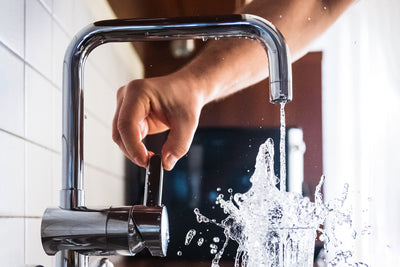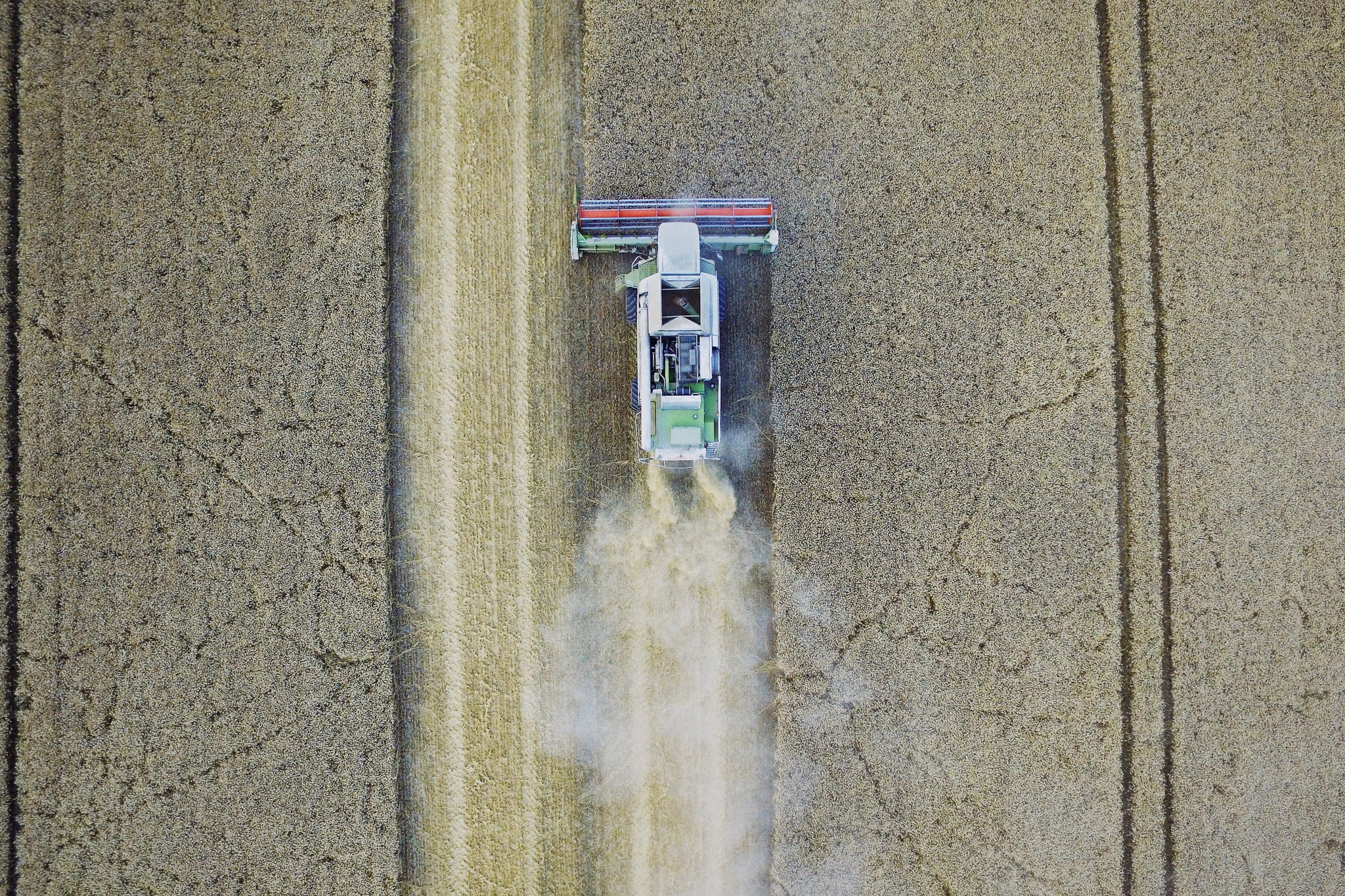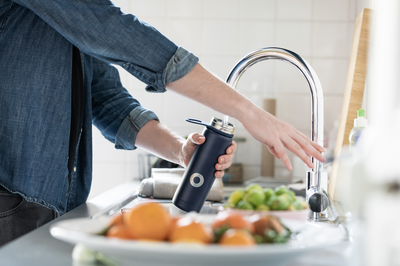The Dirty Truth About Tap Water
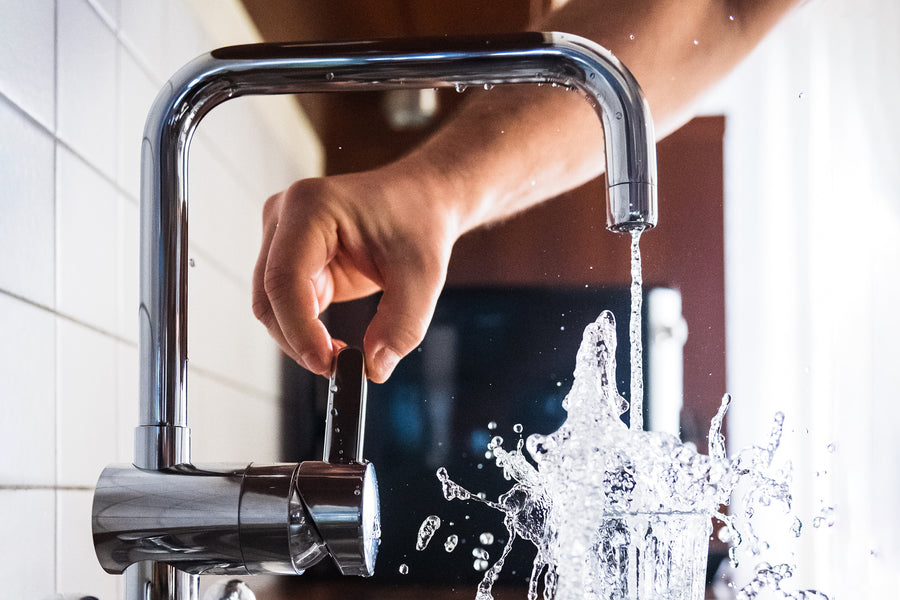
Water = Life
Water, as you’re probably well aware by now, is essential to life.
Its health benefits (1) are so myriad, that it’s almost impossible to overstate just how good H2O is for us humans. For starters, it makes up an incredible 60% of our bodies. Without it, we can survive mere days.
Staying well hydrated supports the healthy function of our organs; keeping our digestive system moving in the right direction and helping our kidneys to flush out toxins. It’s also associated with hormonal balance, improved concentration and enhanced athletic performance.
Skin alone contains 30% water, which contributes to its plumpness and elasticity – helping to keep our weary visages smooth. Good hydration is also linked to a reduction in heart disease and urinary tract infections.
In other words; drinking water is a good idea.
Looks can be deceiving
In order to really reap the rewards of optimum hydration though, the water we drink needs to be clean and contaminant-free – just as nature intended.
But what happens if the water that’s available to us isn’t as sparklingly fresh and untainted as it first appears?
In developing countries, it’s widely acknowledged that tap water can be dangerous to drink. UNICEF and the World Health Organisation (WHO) estimate (2) that 13% of the world population lacks access to essential sources of clean drinking water, stating that almost 10% of all the world’s disease could be prevented by getting the basics of sanitation and water resource management right.
But thanks to some scandalous revelations about the state of US drinking water, more and more people across the developed world are beginning to question the previously unchallenged quality of their own tap water, too.
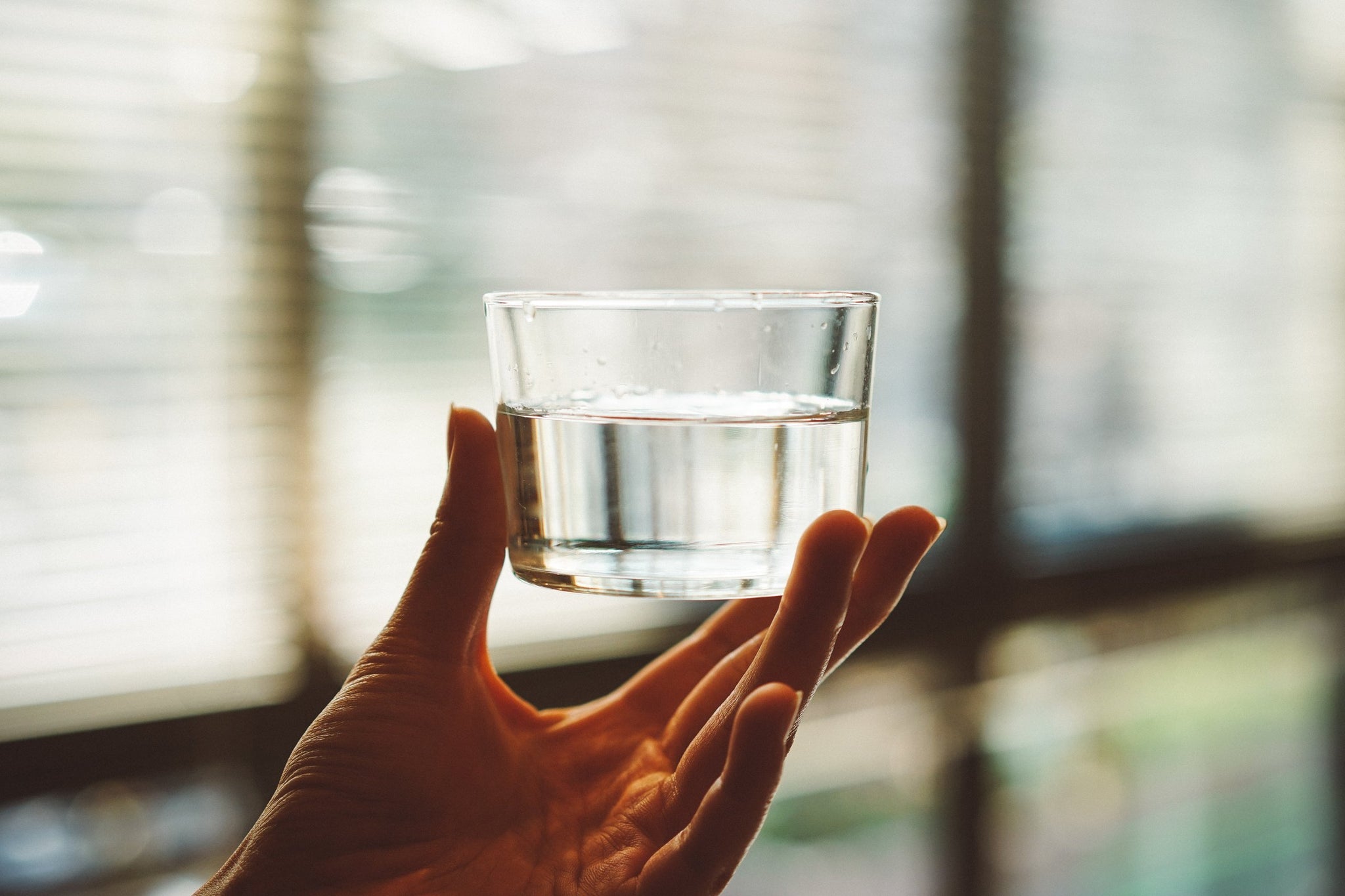
USA drinking water crisis?
Just this year, a new study (3) found that contaminated tap water causes 100,000 cancer cases in the US over a lifetime. The contaminants in question? Naturally occurring arsenic, radioactive pollutants and the by-products of the chemicals used to disinfect the water. That’s right – the very same chemicals that are meant to be keeping the water clean and safe to drink.
Sydney Evans, the lead scientist behind the research, told The Guardian (4) “We want people to realize that water that meets legal specifications may still cause health risks based on the latest science”.
What about the UK?
In the UK, perhaps due to stringent EU laws, the picture looks more reassuring. There are 28 UK water providers – from London’s Thames Water to Cornwall’s South West Water; all regulated by OFWAT and the Drinking Water Inspectorate. Each of these providers is responsible for continually monitoring, testing and analysing its water supply; treating it with ‘disinfectants’ like chlorine until it meets the strict national standards. According to (5) Water UK, British tap water is “among the best in the world”, and comes from underground sources (one third), reservoirs, rivers and lakes.
But even being ‘among the best in the world’ doesn’t mean it’s free from chemicals, or other, lesser reported pollutants.
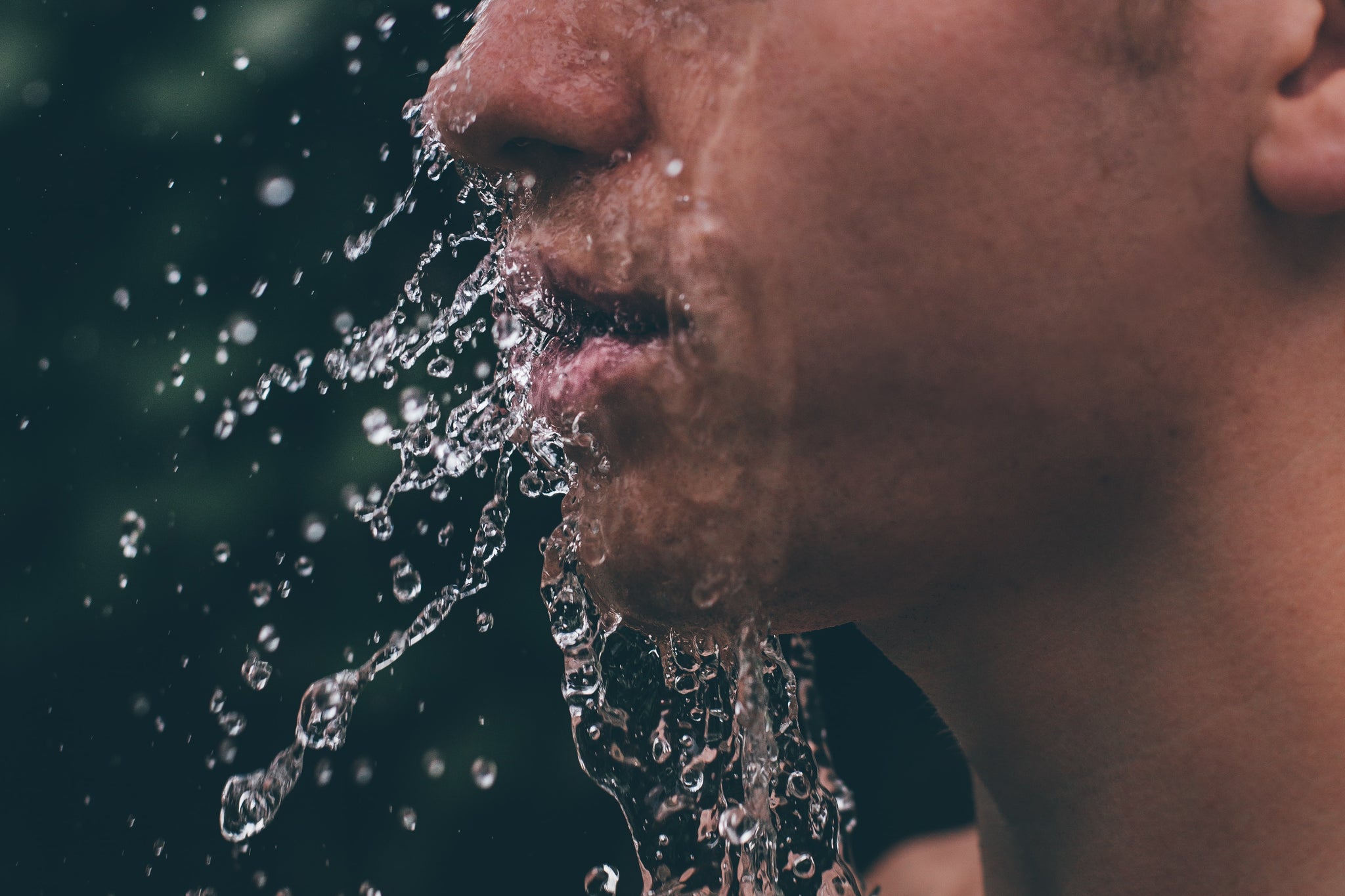
Bacteria isn’t the only culprit of contamination
Microbiological contaminants are still the biggest cause (6) of waterborne diseases and water-related deaths worldwide – mainly in developing nations where basic sanitation can be severely lacking.
Because the effects of ingesting microbial contaminants can be so immediately life-threatening, water treatment in the western world (the UK included) puts the removal of such pollutants at a higher priority level (7) than other chemical contaminants that might also be present in a water supply. However, according to the WHO, (8) “chemicals in water supplies can [also] cause very serious problems”, meaning just because a water supply is free from obvious bacterial contamination, it may not be entirely pure – or good for you.
Water quality can vary from glass to glass
In fact, what is in your tap water can vary according to a huge array of factors. Where you live, what body of water you are closest to, what treatment work your water has passed through, what your water supply pipes are made from and how long your tap water has been sat in those pipes can all affect the levels of various minerals, metals, and chemicals in your water.
According to a scientific study (9) by The Water Institute at the UK’s Cranfield University: “there are many potential sources of chemical constituents and contaminants in water that can reach drinking water. Not all substances will be present in any particular water. Some substances may be of benefit to health but others can be a threat.”
A further study, (10) published in the Food and Chemical Toxicology Journal, goes on to say that these chemical contaminants make it into drinking water supplies from sources such as “municipal and industrial discharges, urban and rural run-off, natural geological formations, drinking water distribution materials and the drinking water treatment process”.
So, what are the main contaminants – both regulated and unregulated - found in tap water? Some may seem familiar – others disturbingly less so…

‘Regulated’ chemicals and contaminants found in tap water
Industrial disinfectants
Water treatment facilities across Europe and the US depend on industrial disinfectants like Chlorine to kill off any harmful bacteria within the water supply. Occasionally, they can get the concentration wrong – as the unfortunate residents of Derbyshire discovered in 2016 (11) when thousands of homes were supplied with water that contained three times more chlorine than a swimming pool.
Aside from such incidents, serious issues can arise when these chemical disinfectants create dangerous by-products, some classes of which – like Trihallomethanes - have been linked to bladder cancer, colon and rectal cancers as well as birth defects. Shockingly, 600 of these harmful by-products (12) have been identified in supposedly ‘safe’ US tap water.
Fluoride
Whilst fluoride occurs naturally in some water sources, its addition to drinking water began at the request of health authorities in the 1960s, and continues to this day.
Just over (13) 6.1 million people in the UK receive water that contains fluoride, with 5.8 million of those being supplied with artificially fluoridated water. The US comes in at the top spot as the most fluoridated country in the world, closely followed by Brazil.
Whether fluoride has any health benefits – or indeed drawbacks – is, however, hotly debated. Advocates argue that fluoride helps reduce dental decay. Opponents, meanwhile, maintain that this is a giant con, as what is actually being added to water is sodium fluoride – which in large quantities is poisonous.
A critical scientific review (14) concluded that any “modest” benefits of fluoride in tooth protection are “thoroughly counterbalanced by its established and potential diverse adverse impacts on human health”. It is on this basis that many European nations have banned mass water fluoridation.
A 2017 study, (15) looking at areas with fluoridated drinking water, observed symptoms such as “IQ deficits, sleep-pattern disturbance, inflammation, impaired ability of cognition, and learning and behavioural problems in some individuals.” And just this year, a new Canadian study (16)) found that exposure to optimally fluoridated water during pregnancy is linked with lower IQ scores in children aged 3 to 4 years, and can be associated with adverse effects on children’s intellectual development, “indicating the possible need to reduce fluoride intake during pregnancy”.
Researchers from Kent university have also warned (17) that fluoride in drinking water could be triggering thyroid problems in thousands of people in England, leading to weight gain and depression.
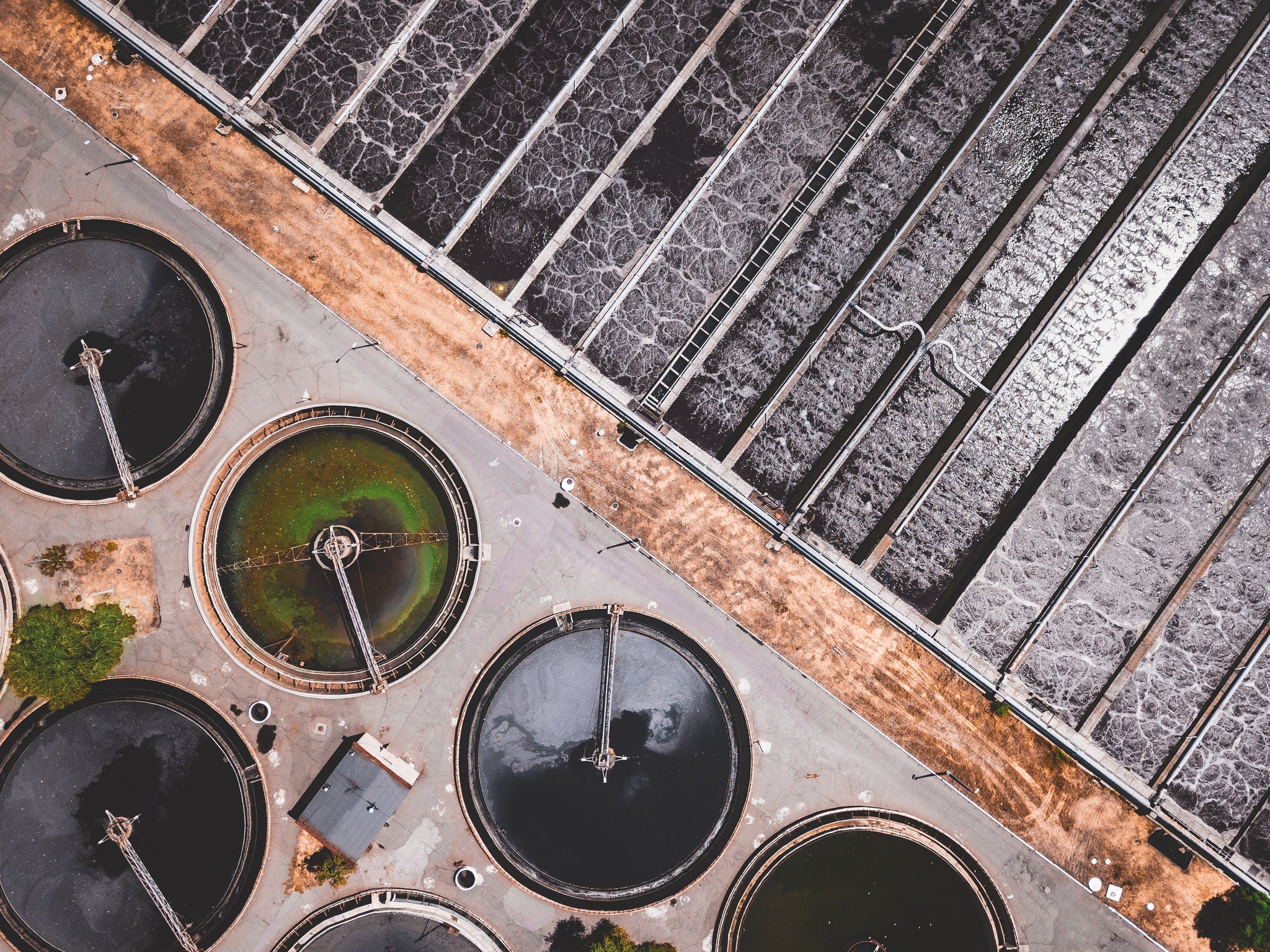
Lead
Lead is a recognised neurotoxin. Research shows (18) that even low-level doses can affect the developing brains of children, possibly leading to brain damage and in higher doses, death. In adults, (19) lead poisoning can cause memory loss, high blood pressure and miscarriage.
Tap water is treated to make it less likely to absorb any lead, with treated water usually showing as virtually lead-free. The problem comes when (20) water flows through old and corroded lead pipes, used in the plumbing of some buildings. In the UK, lead pipes have been banned since the 1970s. Yet in older properties, according to Thames Water (21) “it remains possible that part, or all, of the underground service pipe connecting the water main in the street to your kitchen tap may be made from lead. It is also possible that some original lead plumbing remains within older properties especially if the kitchen has not been modernised.”
Though admittedly rare, NHS Scotland cites (22) drinking tap water contaminated by lead pipes as one of the “main potential risks” when it comes to contracting lead poisoning.
If you’re worried your property might have lead pipes, you can apply to have your water tested by your provider, free of charge.
Pesticides and nitrates
Harmful pesticides and nitrates can appear in water sourced from, or close to, land that has been intensively farmed or used for agricultural activity.
The US is especially vulnerable (23) to this, with groundwater (and with it, all the herbicides, insecticides and other harsh chemicals used to treat crops that can flow into the surrounding soil) providing the drinking water for more than half of the US population.
Scientists have cautioned (24) that globally, most instances of nitrates infecting water are related to smaller scale water supplies, where resources are limited. But they warn that as so many people around the world, including Europeans, receive their water from these small supplies, “effort needs to be directed to assuring their safety”.
Over the years, a number of other chemical contaminants, from aluminium to arsenic – and even radon – have been found in drinking water. (25) Whilst such substances are widely tested for and generally treated or removed, the adverse health effects they are linked to include heart disease, neurological conditions and various cancers. Quite enough to put anyone off their drink.
Unregulated, ‘emerging contaminants’ found in tap water
Increasingly, scientists are now shining a spotlight (26) on a growing number of non-regulated chemical impurities present in tap water, known as ‘emerging contaminants’.
From prescription drugs such as the contraceptive pill, anti-depressants and antibiotics, to illegal drugs like cocaine or chemicals found in cosmetics, once consumed or applied to the body, these pollutants are excreted into wastewater, from where they find their way into natural waters, eventually turning up, unwelcome, in drinking water sources.
According to scientific reports, (27) “large numbers of non-regulated ECs have been observed in surface waters throughout the UK and across the rest of Europe. To date, 200 different pharmaceuticals alone have been reported in river waters globally.”
Whilst the long-term effects of these emerging contaminants are still largely unknown, concerns have so far centred on their potential as ‘endocrine disruptors’ to disturb or mimic hormonal systems, often amongst the aquatic species they come into contact with along the way (see the case (28) of the hermaphrodite fish of the Potomac River for more…).
The microplastics creating a major problem
Sadly, the potential pitfalls of drinking tap water don’t end there.
Already a major blight on the planet’s ecosystems and threat to its wildlife, it seems our rampant plastic habit is also wreaking havoc on our water supplies.
Studies show (29) billions of people around the world are consuming water contaminated by tiny plastic particles. Of all the samples analysed from more than a dozen countries, a staggering 83% were found to be affected. The US came top, with a 94% microplastic contamination rate, followed by Lebanon and India.
Even more troublingly, standard water treatment facilities are incapable of filtering these microplastics out.
Dr Sherri Mason, a microplastic expert who supervised the tests, told The Guardian newspaper (30)
That the findings presented two main concerns: extremely small plastic particles and the pathogens that they can harbour, saying “once they [the microplastics] are in the nanometre range they can really penetrate a cell and that means they can penetrate organs, and that would be worrying.”
So, if tap water is tainted, is bottled water the way to go?
In short; definitely not.
Being virtually unregulated, bottled water isn’t any cleaner or healthier than tap water. It’s unnecessarily expensive and wasteful – and it’s certainly not good for our planet.
Almost 300m tonnes of plastic is produced each year and, with only 20% being recycled, most of it ends up littering our land, oceans and – as mentioned above – our air and waterways, in the form of insidious microplastic particles.
Aside from the undeniable environmental reasons against drinking bottled water, it’s also proven to contain some pretty nasty chemicals.
When a plastic bottle gets hot, it can release a substance called bisphenol A (BPA), thereby contaminating the liquid inside.
BPA has been linked to (31) diseases such as cancer and diabetes, and is said to potentially cause hormonal issues in adults, thanks to the way it mimics oestrogen in the body.
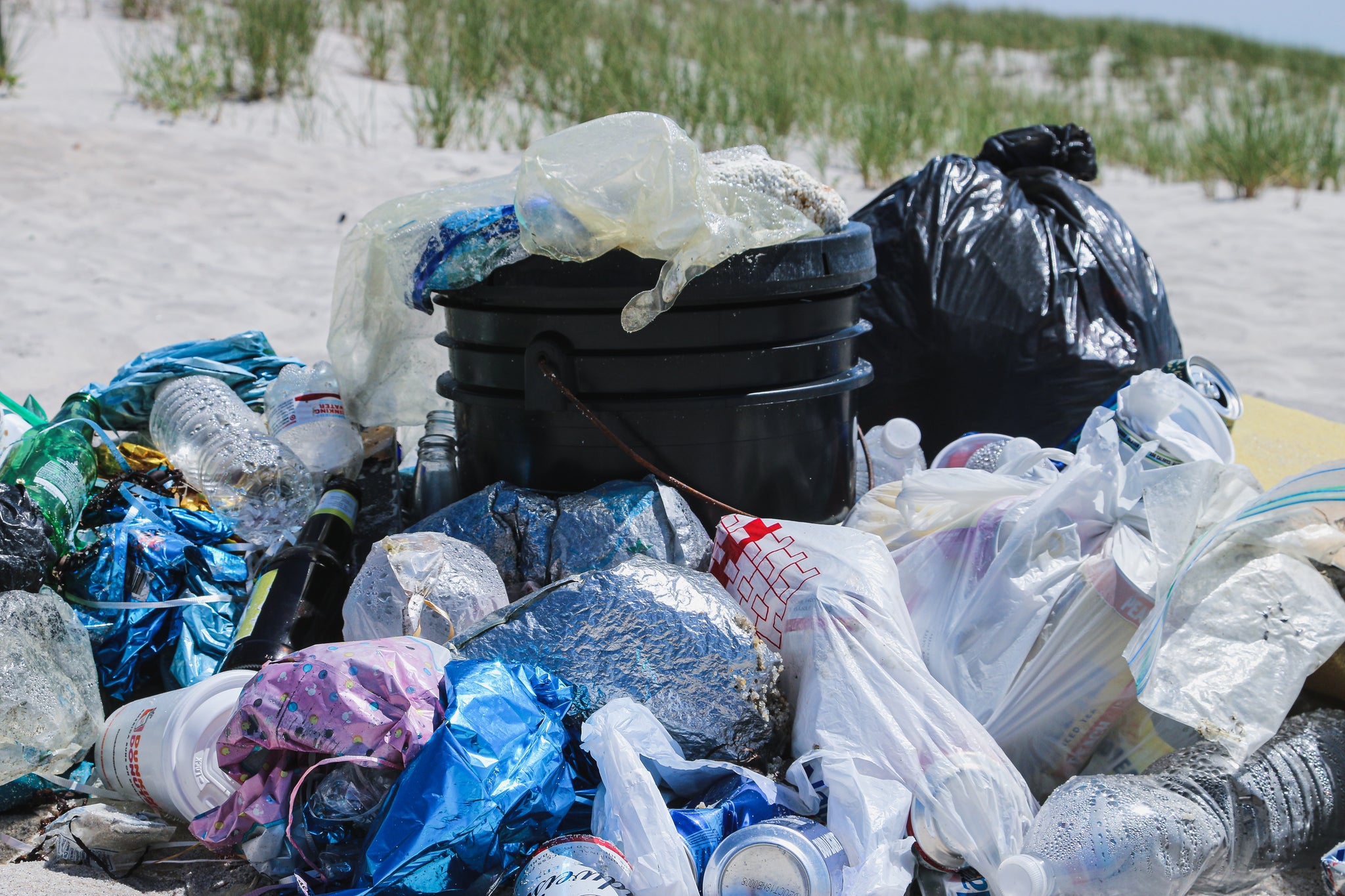
How to ensure you’re getting the good stuff
Whilst all tap water in the EU is certainly subject to stringent standards, the general consensus on the best way to ensure you’re getting a healthy supply of water, free from harmful pollutants, is to invest in a thorough water filtration system.
Modern filters come in many guises: under the counter, sink top, whole house systems and simple water pitcher styles. Here’s how the most popular types work:
Reverse osmosis filters
Deservedly admired thanks to their ability to remove a wide array of harmful contaminants (including heavy metals), reverse osmosis filters work by forcing water through the tiny pores of a membrane. Pollutants are eliminated whilst purified water is collected.
Whilst super effective, because reverse osmosis filters sometimes strip the water, there is a concern that you may lose the good stuff (beneficial minerals) along with the bad. Depending on the system, manually adding mineral drops or using an additional mineral filter can help solve this potential problem. But the reverse osmosis filters we sell conveniently add the minerals back in for you!
Gravity filters
Gravity filters offer a simple yet effective way to purify water. They don’t need installation or power to work, are low maintenance and usually sit on the countertop. As you pour water into the top section, the force of gravity pushes it through the filters, leaving clean water in the lower chamber.
Water distillers
Water distillers offer another option for filtering your drinking water at home. Relatively inexpensive to buy and maintain, distillers produce contaminant-free water by heating it, converting it to vapour and then capturing the steam in a stainless steel coil where it cools to form pure, clean water.
Activated carbon filters
Found in most pitcher filters and larger household filtration systems, activated carbon (AKA charcoal) filters work by attracting and removing bigger particles like dirt and sediment from water, as well as excess chlorine and many organic compounds – making water taste and smell much nicer. They’re generally inexpensive and don’t need electricity to function. However, AC filters are not so good at removing chemicals that aren’t attracted to carbon, such as nitrates, heavy metals and fluoride. Additionally, they can harbour bacteria, and tend to have a fairly short life-span.
Alkaline/water ionisers
These filters work by passing water over electrically charged plates, separating it into two streams – one that’s alkaline, and one that’s acidic. This may be good news as, according to some schools of thought, water that’s low in acidity is believed to be better for your health – though more conclusive research is needed to prove this claim.
UV filters
UV filters use ultraviolet light to purify water, killing parasites and bacteria with high frequency light. If you’re concerned about excess minerals, chlorine or fluoride however, this may not be the one for you, as UV filters work on ‘living’ contaminants only.
Infrared filters
Infrared filters use heat and light to negatively charge water, helping to soften it.
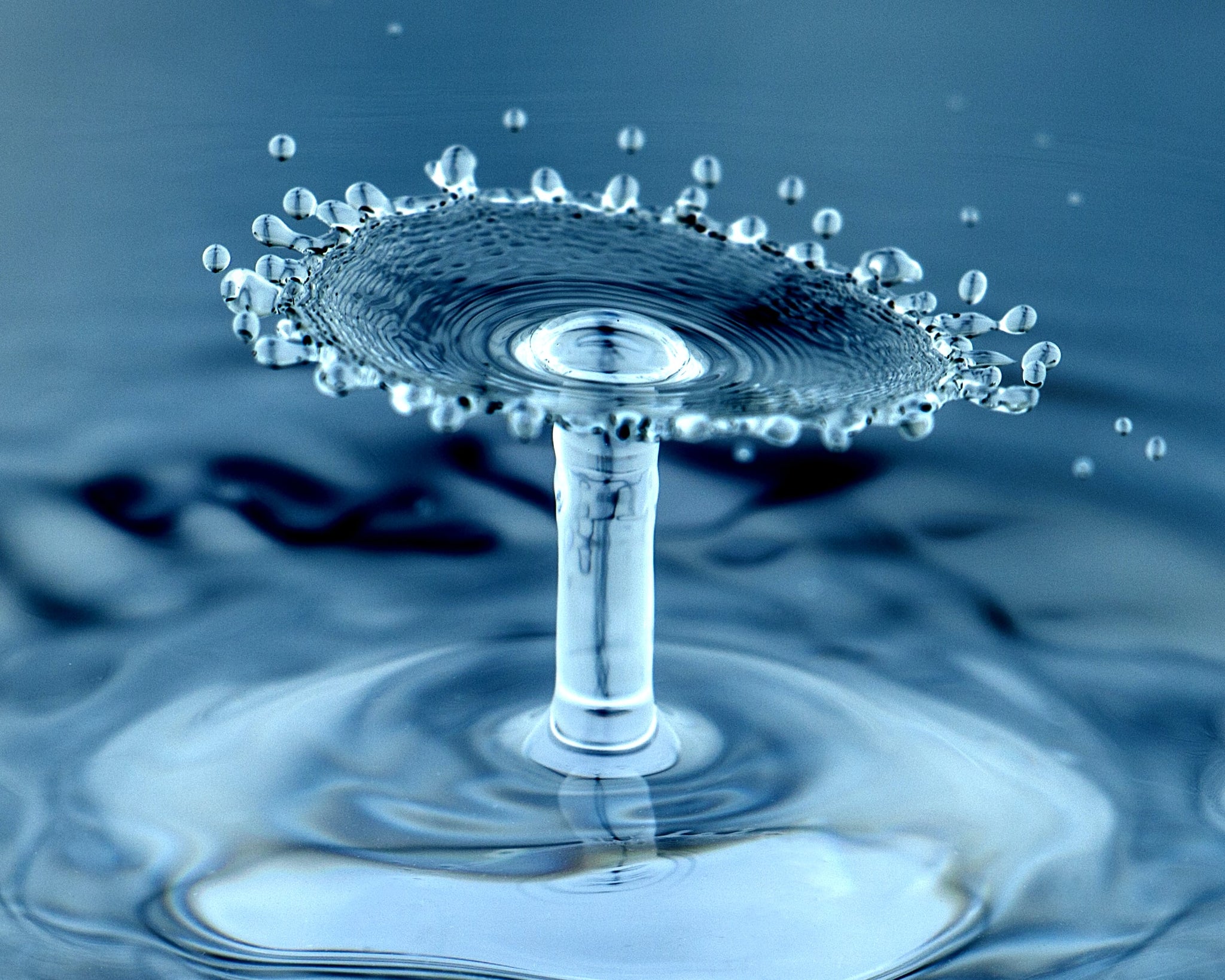
References
(1) https://www.ncbi.nlm.nih.gov/pmc/articles/PMC2908954/
(2) https://ehp.niehs.nih.gov/doi/full/10.1289/ehp.1206229
(3) https://www.heliyon.com/article/e02314
(4) https://www.theguardian.com/environment/2019/sep/19/tap-water-contaminants-linked-with-cancer-cases-study
(5) https://www.water.org.uk/advice-for-customers/water-and-health/
(6) https://ehp.niehs.nih.gov/doi/full/10.1289/ehp.1206229
(7) https://apps.who.int/iris/bitstream/handle/10665/43285/9789241546768_eng.pdf
(8) https://apps.who.int/iris/bitstream/handle/10665/43285/9789241546768_eng.pdf
(9) http://old.iss.it/publ/anna/2012/4/484347.pdf
(10) https://www.sciencedirect.com/science/article/pii/S0278691599001337?via%3Dihub
(11) https://www.independent.co.uk/news/uk/home-news/thousands-of-residents-in-derbyshire-warned-not-to-drink-water-over-chlorine-contamination-fears-a6926166.html
(12) https://www.ncbi.nlm.nih.gov/pubmed/17980649
(13) https://www.telegraph.co.uk/news/science/science-news/11430233/The-extent-of-water-fluoridation-in-the-UK.html
(14) https://www.ncbi.nlm.nih.gov/pmc/articles/PMC3956646/
(15) https://www.ncbi.nlm.nih.gov/pmc/articles/PMC5909100/
(16) https://jamanetwork.com/journals/jamapediatrics/fullarticle/2748634
(17) https://news.kent.ac.uk/app/uploads/2015/02/Flouride-research.pdf
(18) https://www.sciencedaily.com/releases/2007/11/071120111526.htm
(19) https://www.nhsinform.scot/illnesses-and-conditions/infections-and-poisoning/lead-poisoning
(20) https://apps.who.int/iris/bitstream/handle/10665/43285/9789241546768_eng.pdf?sequence=1&isAllowed=y
(21) https://www.thameswater.co.uk/-/media/Site-Content/Thames-Water/Help-and-Advice/Download-our-lead-fact-pack.pdf
(22) https://www.nhsinform.scot/illnesses-and-conditions/infections-and-poisoning/lead-poisoning
(23) https://www.groundwater.org/get-informed/groundwater/contamination.html
(24) http://old.iss.it/publ/anna/2012/4/484347.pdf
(25) https://www.sciencedirect.com/science/article/pii/S0278691599001337?via%3Dihub
(26) https://www.sciencedirect.com/science/article/pii/S0043135414006307
(27) https://www.sciencedirect.com/science/article/pii/S0043135414006307
(28) https://www.reuters.com/article/us-environment-potomac/sex-changing-chemicals-found-in-potomac-river-idUSN1738648320070118
(29) https://orbmedia.org/stories/Invisibles_plastics/
(30) https://www.theguardian.com/environment/2017/sep/06/plastic-fibres-found-tap-water-around-world-study-reveals
(31) https://storymaps.arcgis.com/stories/ce984e70df734bd5841339e7aa08b098






















